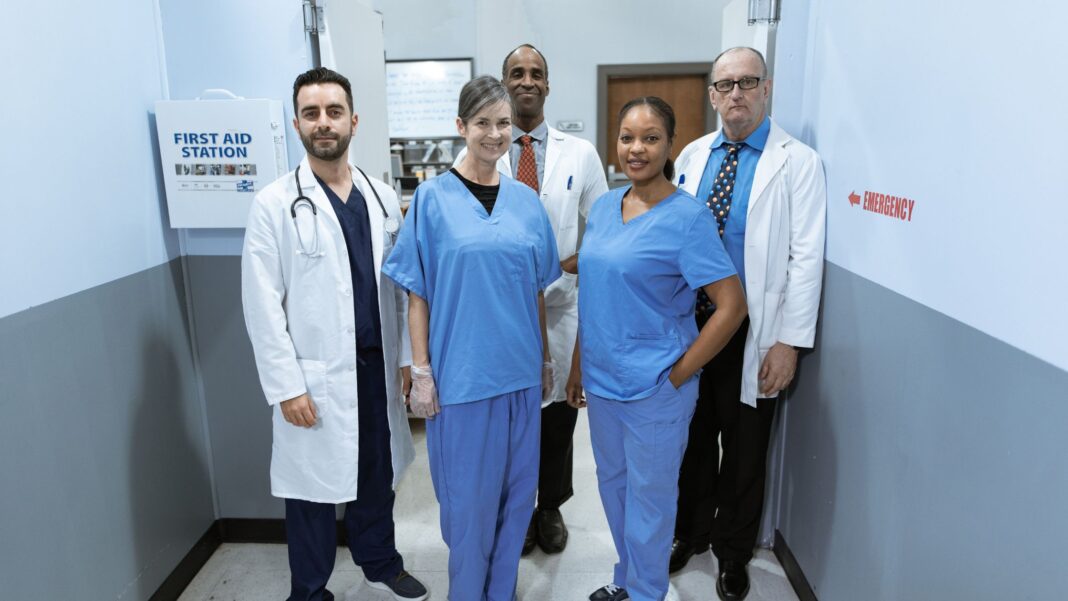“Key Highlights: If you are unable to ascertain whether or not your symptoms demand medical care, this guide pinpoints the basic signs that call for the attention of a pilonidal cyst specialist. Know when to act, what the doctor will do, and how to dodge complications.”
At Pilonidal Expert, we know how easy it is to ignore a small bump or a slight pain near the tailbone—until that little bump becomes a painful reminder. We have listened to many patients who complained of waiting too long to seek professional help. Quite a few of those now wish they had acted sooner.
Let us talk about how to know when a professional should be consulted. Spoiler: if you’re reading this, you are close!
Table of Contents
What Is a Pilonidal Cyst?
It is a small cavity or track of skin generally near the tailbone, housing hair and skin debris, occasionally infected by various microorganisms or bacteria. Once infected, the area becomes swollen, filled with pus, and very painful.
Not all people develop symptoms. People can experience episodes intermittently, which, to some extent, leads to difficulty in daily life.
The Mayo Clinic provides extremely valuable insight into the understanding of symptoms and causes of the condition.
When Pain Becomes Persistent
Pain is the first signal to watch. It is after that mild soreness, a dull ache, and a little twinge of sharp discomfort, which is almost undetectable until you lay down or sit down. Take note. That kind of discomfort doesn’t go away on its own.
Increasingly severe, diffuse pain would imply infection. If such pain interferes with your activities, don’t wait for the worst to happen. A pilonidal cyst doctor would examine the area and recommend whatever is the best way forward.
If You Observe Any Swelling, Redness, or Lump—Act Fast
Visible changes near the cleft of your buttocks are swelling, redness, or a tender lump—signs that a cyst is either forming or worsening. Fluid is building up under the skin in these instances.
Draining of pus or blood from the lump means there is an established abscess already. At this stage, seeing a doctor for a pilonidal cyst is of utmost urgency. Abscesses do not simply go away; they need to be drained and treated properly.
Recurring Problems Are a Red Flag
Has this happened before? Once you have had a pilonidal cyst, the chance of recurrence is relatively high. Recurrences mean that the underlying problem is not being wholly addressed.
In some instances, surgery to remove pilonidal cyst or excision would offer more concrete solutions to preventing cyst recurrence. Usually, the sooner you present yourself, the easier and more successful the treatment tends to be.
Fever or Fatigue?
Systemic complaints that include fever, chills, or unexplained fatigue may indicate that the infection has surpassed the confines of the cyst. Such symptoms require immediate attention.
It is likely that in this situation, antibiotic treatment and perhaps minor surgical intervention are indicated. You must see an experienced pilonidal cyst specialist in advanced litigation of these cases.
Can You Treat It at Home?
Some early-stage cysts might not need surgery right away. But just so we are clear—home treatment options like hot compresses, sitz baths, or over-the-counter pain medications only provide very temporary relief.
If you’ve already tried those and the issue is still present or worsening, the time has come to get some professional help. You can only do so much by yourself. Only an actual provider knows which doctor treats pilonidal cyst issues well and when it is time to actually intervene as opposed to just observing.
It’s Affecting Your Life? Don’t Wait
Any pilonidal cyst that begins to interfere with a job, a social life, exercise, or sleep is no longer a minor issue. Time after time, we hear patients saying, “I did not realize how much this was affecting me until it was taken away.”
You deserve to live a painless life and have an opportunity now to prevent long-term complications from forming, such as the formation of a sinus tract or chronic infection.
What Happens When You See a Pilonidal Cyst Doctor?
It’s an easy visit. Your doctor will assess the area in question, rank it in severity, and go over the possibilities. These may include:
- Antibiotics for early infection
- Drainage if an abscess is present
- Surgery for long-term relief
If surgery is needed, the good news is that present-day approaches are much less invasive than those of the past. Most patients are back to normal activity within a few weeks. There are even some who qualify for minimally invasive procedures like the cleft lift.
Knowing what doctor treats pilonidal cyst issues can give you strength and power. Look for a colorectal surgeon or skin specialist highly skilled in pilonidal care. You might search your local health network or look at professional sites such as the American Society of Colon and Rectal Surgeons.
You Are Not Alone in This
At Pilonidal Expert, we have been with so many patients from diagnosis to full recovery. We understand the anxiety, questions, and discomfort. That is why we consider compassion, education, and clear next steps first.
Given that you are reading this, you probably suspect something is awry. Trust that instinct: seeing a doctor does not mean you are locked into surgery; it means you are regaining control.
Conclusion
You should not have to endure such pain, swelling, and fear that comes with pilonidal cysts. When symptoms begin to impact your daily routine, persist, or worsen, that’s when you need to see a pilonidal cyst expert. Early evaluation directly contributes to good outcomes with fewer complications and faster healing.
A Pilonidal Expert will help you through the process of making decisions with confidence and compassion. Don’t let it get worse—call, get informed, and take the next step to feeling better.



